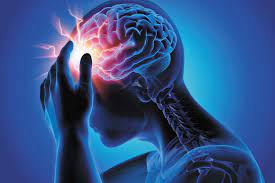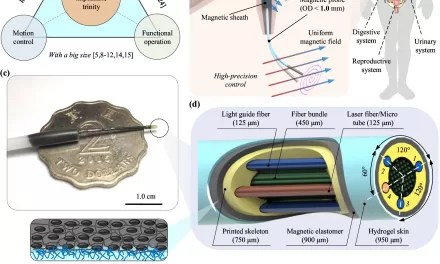A groundbreaking study presented at the annual conference of the Radiological Society of North America (RSNA) has unveiled empirical evidence of the significant role played by neck muscles in primary headaches, potentially paving the way for improved therapies.
Primary headaches, encompassing tension-type headaches and migraines, have long been a subject of medical inquiry due to their complex and varied nature. However, the distinct underlying causes of these headaches have remained elusive, until now.
Dr. Nico Sollmann, resident in the Department of Diagnostic and Interventional Radiology at University Hospital Ulm and the Department of Diagnostic and Interventional Neuroradiology at University Hospital Rechts der Isar in Munich, Germany, explained, “Our imaging approach provides first objective evidence for the very frequent involvement of the neck muscles in primary headaches, such as neck pain in migraine or tension-type headache, using the ability to quantify subtle inflammation within muscles.”
Tension-type headaches, affecting two out of every three adults in the U.S., are characterized by a tightening sensation in the head and mild to moderate dull pain on both sides. While stress and muscle tension are commonly associated with these headaches, their exact origin has remained unclear.
On the other hand, migraines, experienced by over 37 million people in the U.S. and up to 148 million worldwide, are characterized by severe throbbing pain, often occurring on one side of the head. Nausea, weakness, and light sensitivity are common accompanying symptoms.
Neck pain is a frequently reported symptom in both tension-type headaches and migraines, yet objective biomarkers for myofascial involvement have been lacking.
To address this gap, Dr. Sollmann and colleagues conducted a prospective study involving 50 participants, predominantly women, aged 20 to 31 years old. The study group comprised individuals with tension-type headaches and tension-type headaches plus migraines, matched with healthy controls. All participants underwent 3D turbo spin-echo MRI, allowing for the precise examination of the bilateral trapezius muscles and the extraction of muscle T2 values.
The study’s findings provide valuable insights into the association between neck muscles and primary headaches, offering a potential avenue for the development of targeted therapies to alleviate the burden of these debilitating conditions.
As research in this field progresses, the hope is that these findings will lead to more effective treatments, ultimately improving the quality of life for millions of individuals worldwide affected by primary headaches.












